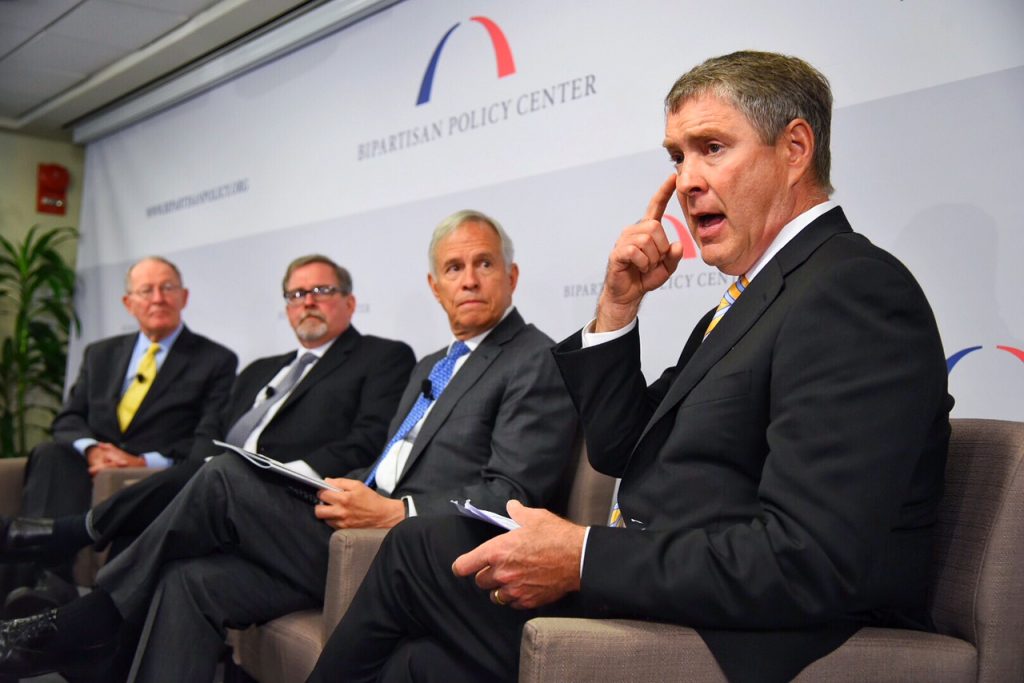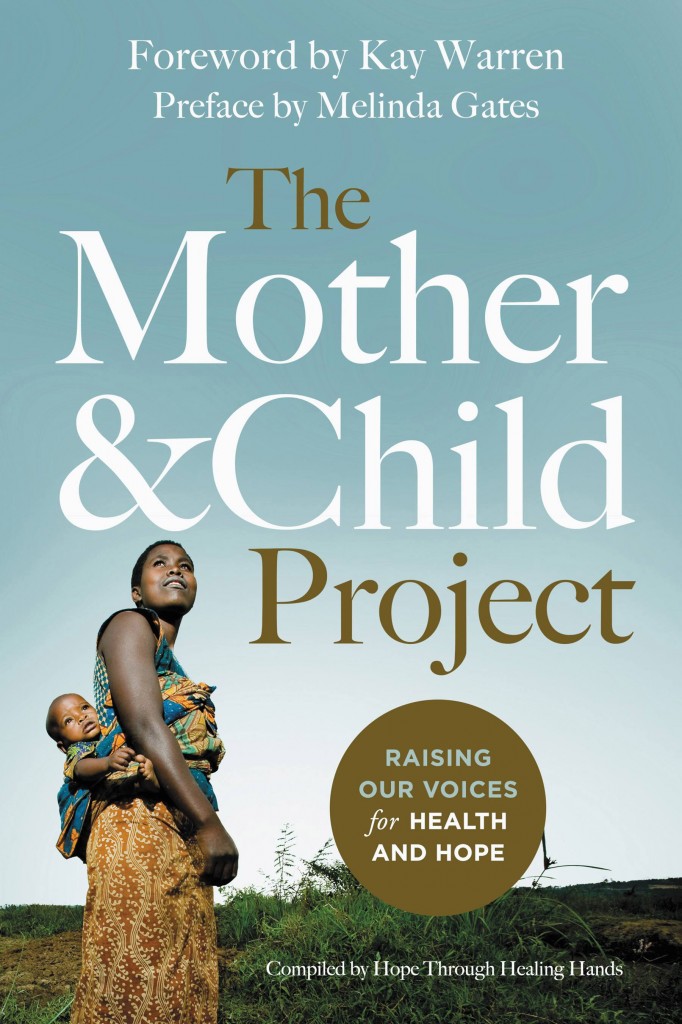NOTES FROM THE ROAD | I had the privilege of speaking yesterday at America’s Health Insurance Plans Institute and Expo. Along with Bernard Tyson (Kaiser Permanente) and David Bernd (Sentara Healthcare), I discussed “Better Health Care at Lower Cost: Is It Possible?”
You know my answer: It is absolutely possible with technology. In case you weren’t able to join us, here’s my view of where we are, and where we can go.
I am a surgeon. I like to cut, and sew, and fix. I like to keep things simple. So my central organizing thesis is this: Health care delivery today fails because of a massive mis-allocation of resources toward the goal of a patient’s health. We overuse, underuse, and misuse existing resources.
We overuse health services, driven in part by a fee-for-service payment model.
We underuse prevention services and techniques.
We misuse our existing resources—doctors, facilities, medicines— by neglecting evidence-based medicine.
This can be fixed. These are exciting times; we will see more innovation in health service delivery in the next three years than we have in all the history of modern health care delivery.
Let me give two examples, and then toss out a challenge.
Aspire & A Better Way to Die
First, in America people don’t die the way they want to. They too often die chaotically and uncomfortably, with huge costs to the patient and the system. There are too many hospitalizations, too many trips at 2 AM to the emergency room, too many painful side effects from medicines, too much discomfort.
But it doesn’t have to be that way.
A company named Aspire Health is showing us the way.
Two years ago, a group of us founded the palliative care company Aspire Health to strike right at the heart of this end-of-life chaos and waste.
Aspire took the successful, decade-old model of inpatient, brick-and-mortar palliative care and modernized and transformed it using IT and specialized teams, moving it exclusively to the outpatient and post-acute space.
Aspire is pioneering the way, taking this new model to national scale, now in 13 states and 36 cities working with 14 insurers, including many of you in the room.
It has definitively given better results for much less cost. How?
- It focuses on not just physical care, but on emotional, on spiritual, and on mental health as well.
- It focuses on not just the patient, but the family and caregivers.
- It delivers care not just with any doctor, but a specially-trained, palliative care doctor and a tightly-knit team of a palliative-trained nurse practitioner, social worker, registered nurse and chaplain.
It’s highly specialized care—highly individualized for the patient at the end of life—and delivered in the home with intense attention to social determinants and environment.
What’s the secret sauce?
Analytics: Early, up-front and highly accurate identification of those specific patients who definitely will benefit. Everyone claims to have these algorithms and analytics, but they don’t. Aspire’s model is proven to work.
Specialists: Aspire’s care team features specially-trained palliative physicians and nurses. These are experts on end-of-life medicine. They know how to talk and treat, understand and empathize, with these specific patients and families.
Access: Aspire patients have 24/7 access to a physician or nurse practitioner. Patients and their families always have someone to call in a crisis. They don’t have to go to the emergency room.
Technology: The system is built on powerful IT-managed caregiver workflows, which ensure that the patient always has the right person, at the right place, at the right time.
The outcomes speak for themselves. For 12,000 end-of-life patients we found:
- Higher satisfaction for both patient and family
- Fewer hospitalizations (60% reduction), but more patient contacts in smarter settings (home)
- Earlier referral to hospice (31 days vs 13 days) with continuity and communication ensured
- Savings of $13,000 per patient served (from a study with two years data across five states with matched cohort comparison)
Better health at lower cost is possible as long as we use existing resources smartly.
Teladoc & Telemedicine
Today, narrow networks rule the day. Wait times for primary doctors continue to rise.
Emergency visits are going up with expanded coverage. And rural hospitals are closing.
But today’s technology can radically improve convenient and timely access to expert physicians. Telehealth is one of the few solutions that increases the capacity of the system by improving access to care while driving down costs.
There are a small handful of companies emerging in this space. Teladoc is by far the largest telemedicine company in the country.
It will approach one million doctor-patient visits over the next 12 months. A million individuals all of whom who would otherwise have had diagnosis and care delayed, and may have ended up in emergency rooms without a telemedicine option.
Imagine for a moment, it’s 10:30 at night and your child is suffering from a high fever or some other nonemergency illness. You either anxiously wait until the next morning to try to track down a doctor (good luck), or more likely you get in a car, drive 45 minutes to the emergency room, wait an hour, see a nurse or doctor in or out of network, and drive back home 5 hours later ending up with a $1400 bill from the hospital!
Or… within 10 minutes you reach a board certified doctor by phone or video, licensed in your state, who has an average of 8 years of clinical experience. At a cost of $45 out of pocket.
Yes, a full 50% of the more than 1.5 million doctor visits Teladoc has had to date occur on nights, weekends, and holidays, when doctors’ offices are closed, and the ER or Urgent Care Center is the only alternative.
Technology-enabled, remotely-delivered care provides equal outcomes delivered much more quickly and conveniently, yet at much much lower price. The purpose is not to replace the primary care doctor but to fill the gaping holes—to improve access and deliver quality care when and where it is needed for a fraction of the cost.
Every payer and system in this room will grow its reliance on telemedicine. Willis Towers Watson says that within a year and a half, over 80% of large employers will offer a telemedicine benefit.
How do you decide whom to partner with?
First, you must insist upon quality measures. Telemedicine has a low barrier of entry—it can get dumbed down quickly by inferior doctors—but a high barrier to scale.
Second, look for high patient engagement. Telehealth is an empty promise without active patient engagement. Without engagement and use by the patient, the value, and cost savings, will never be realized.
With the value of telemedicine so obvious, what has been the biggest barrier to more widespread adoption? To date it has been the resistance of some state medical societies who hold on to antiquated models of practice delivery. This is rapidly changing as quality and cost data so powerfully demonstrate the effectiveness and safety of remotely delivered, evidence-based medicine.
The Challenge
Imagine yourself in my 12th floor conference room in Nashville across from the park three days ago. 15 people are gathered around the table including the CEOs of the five largest employers in Nashville, the four largest health care companies—big public companies like HCA, Emdeon, Change—and representatives from the more than 120 nonprofits and churches in Nashville who have some interest in improving health.
It was the inaugural board meeting of NashvilleHealth, a new, county-wide collaborative that has come together to do a simple thing: Take the aggregate population health measures of Nashville, as reported by the Robert Wood Johnson Foundation—which are poor—and make them the best in the state. And then outperform our peer cities of Charlotte, Austin, Raleigh-Durham, and Cincinnati, all of whom are beating us badly now.
Our goal is to create a culture of health, to make the healthy choice the easy choice, and to focus on the social determinants of where and how we learn, live, work, play and pray.
Our discussion centered on a real example of how we REALLY improve health. Smoking rates in Tennessee are 23%, which means we have 110,000 smokers in Nashville. If we take that down to the national average of 15% or 70,000, that means we have 40,000 fewer smokers within 5 years. We have the knowledge and the proven tools today to do that. We didn’t five years ago.
40,000 fewer smokers translates conservatively into 200,000 years of life saved. Not across the country, or across the state, but within a 3 mile radius of where we were sitting in my conference room.
That reduces the burden of disease.
That conserves the health care dollar.
That improves wellbeing and productivity.
That saves lives.
So I close with a call to action. To maximally reduce cost and improve well-being, you lead the way in your home town of formalizing your own NashvilleHealth. It’s where the real cost savings and health determinants can be achieved.











